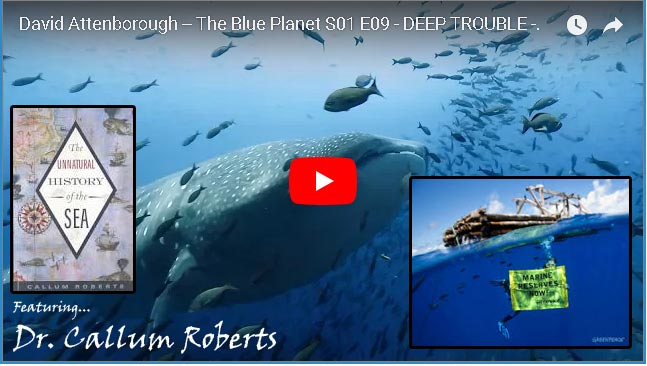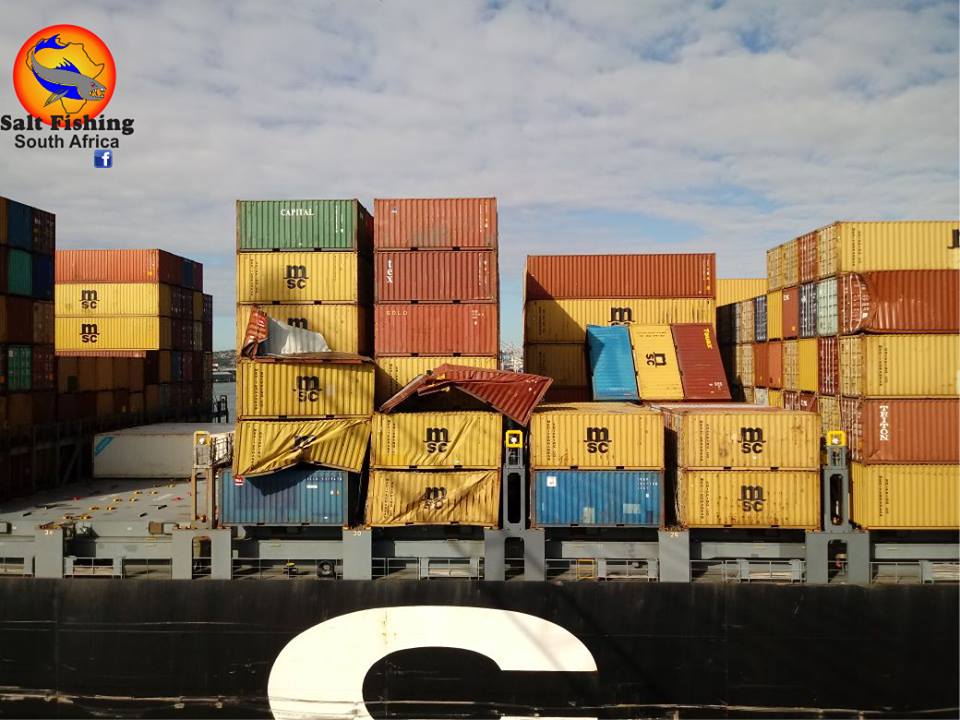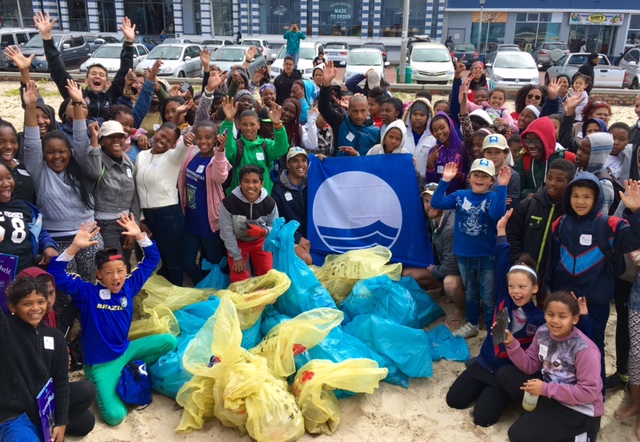Catching Garrick on fly with JP Bartholomew
I’ve often wondered why I have this obsession for catching Garrick on fly, maybe it’s those heart stopping chases and the fight as they they try to smash your fly on the surface which play a major role in driving up my adrenaline levels.
Throughout the year I spent My time chasing Kingfish,Snoek and other Game fish, but come May when the first Garrick start arriving with the Shad- and hopefully the annual Sardine Run – we all get excited.
Garrick are found right around our South African coastline, in summer they prefer the cooler Cape water’s ,but in winter the arrive on our doorstep in KwaZulu-Natal ,and stay here until they spawn in spring before undertaking the long haul back to the Eastern Cape in summer.
They prefer sea temperature’s between 17’C and 23’C and they are able to tolerate water’s with low salinity levels like Estuaries where they spawn.





